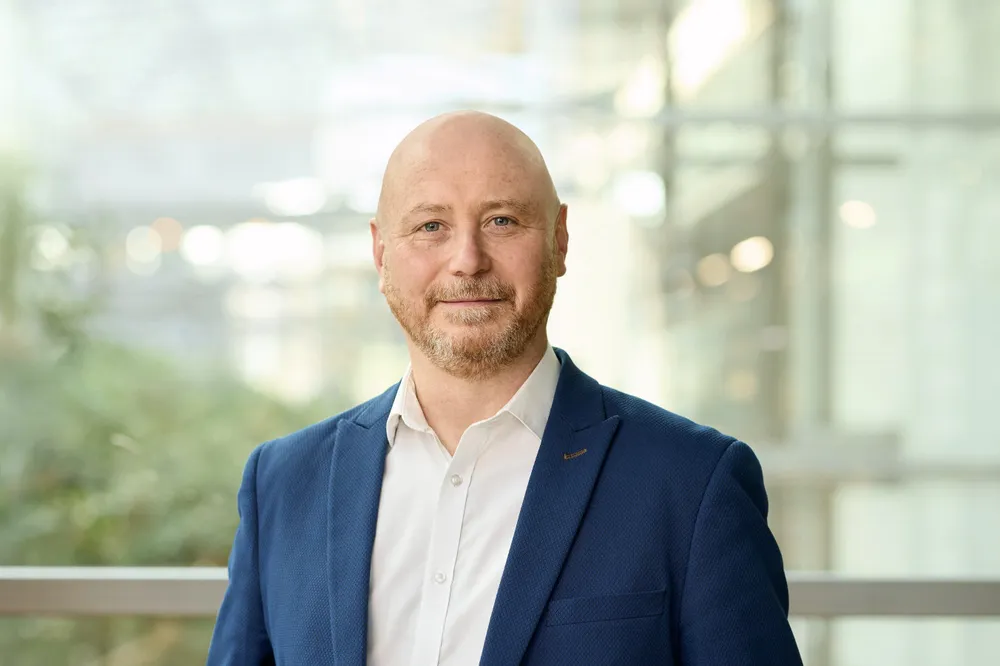Orsted claims ‘revolutionary’ foundation technology could change offshore wind
Developer hails noise- and cost-slashing monopile installation method it claims could pave way for new generation of monopile foundations

Offshore wind developer Orsted hailed the potential of a new monopile installation technology that it says drastically cuts noise levels and offers greater protection for marine life, while reducing the need for mitigation and saving costs.
The new method was successfully tested at the Gode Wind 3 development in Germany with results showing that it can “dramatically reduce noise levels” and could “potentially revolutionise” the way that offshore wind foundations are installed, according to Orsted.
The installation method was tested on three monopile foundations at the 253MW German project.
Orsted explained in a statement that the noise-reducing method involves a patented jetting technology attached to the monopile. This lowers the resistance of the surrounding sandy soil, effectively allowing the foundation to sink into the seabed.
This method provides an alternative to more disruptive conventional installation methods such as pile driving, the Danish developer said, describing a “substantial decrease in underwater noise levels”.
"With a reduction of 34 decibels relative to the most commonly used installation method, noise levels were reduced by over 99% without additional mitigation, to a level just marginally above the ambient noise found in the German Bight in the North Sea," the company stated.
In addition to the lower environmental impacts, Orsted claimed that the new technology, once adopted at scale, can provide for more efficient and cost-effective installations of offshore wind foundations.
“This leading-edge technology represents one of the greatest advancements yet in offshore wind foundation installation methodology," the company claimed.
Patrick Harnett, the company’s chief operating officer, stated: “Orsted has been at the forefront of offshore wind innovation and marine protections for 30 years, and we continue to push the envelope on new innovative solutions.
"This new technology is a potential game changer for how we build offshore wind. Once industrialised, it could not only be cheaper, faster and far quieter (without additional mitigation) than any other monopile installation technology. It also has the potential for next-generation foundations to be lighter as they will not need to be designed for conventional installation process.”
Orsted stressed that it already implements protective and mitigation measures during offshore wind farm construction, including limiting the duration, intensity, or extent of certain offshore construction activities and deploying bubble curtains or other noise barriers during traditional installation.
The company said the new installation method allows a further reduction in the potential impact from construction activities on the marine environment while allowing for more cost-effective construction practices.
This is the first-time a jetting technology has been used to install full-size monopile foundations.
Orsted said it has been developing the technology over several years and is now looking into how to introduce it into the future pipeline, which includes assessing the feasibility of using the method on more complex ground conditions than the pure sand conditions found on the Gode Wind 3 site.
However, further regulatory approvals will also be needed before the technology can be implemented.
Gode Wind 3 is expected to start commercial operations later this year and 11MW wind turbines have already been installed on top of the foundations, Orsted added.
(Copyright)